Parasic organisms are found in almost any living creature.Most people only cause disgust and fear, which is not surprising because these infants sometimes cause terrible diseases.We will introduce your attention to the 25 most successful and dangerous parasites
Parasitism is very widespread in nature.There are parasites, parasitic insects, parasitic worms, parasitic plants, etc.There are so many that even a few parasites have their own - and in every sense they can be the most bloodthirsty.The striking example of the "army of darkness" is malaria plasmodium, which is parasitized in a malaria mosquito (which, in turn, is a temporary parasite of warm -blooded animals and humans).This single -celled organization finds almost one -third of a billion new victims a year and kills more than one million.
Chess
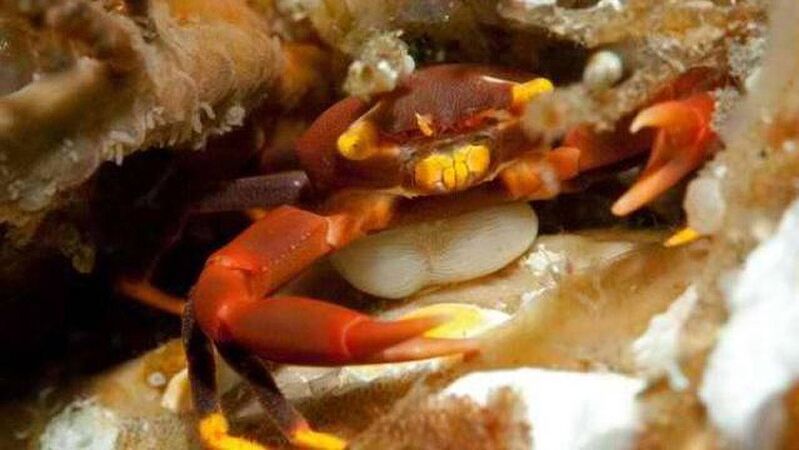
This year -old parasitizes the cancer.It literally carries it through the owner's whole body and sucks nourishing juices from it.Cancer gradually weakens and even loses its ability to regenerate.When it is time to reproduce the parasite, it gives special chemicals to the blood of cancer, which causes cancer females to begin to take care of the eggs of the parasites.The cancer wizard affected by the parasite refuses mating, instead provides a chemical dope with the parasitic eggs in the same way as the female.
Cordyceps one -one page
This tropical mushroom parasitizes the ants.He is also famous for controlling the owner's behavior.When the fungus multiplies, it gives the chemical group an Ant and obediently climbs to the top leaves of the plants and retains movement, allowing the fungus to germinate completely on the body, opening the hat and releasing disputes into the air.
Anisakids
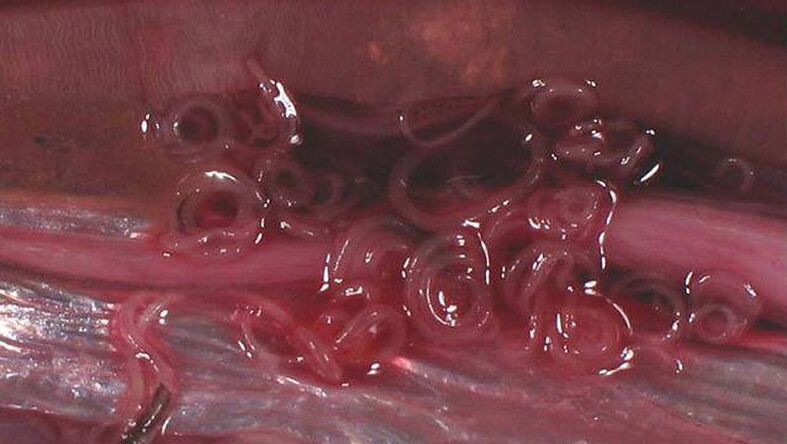
A person has the risk of being infected with these worms, consuming poorly processed sea fish, shrimp, squid or polyp, which is poorly processed.For the first time, anizakidosis infection was registered in 1955 in the Netherlands and the source was a slightly salted herring.If you cut the fish, you see it on your muscle tissue, caviar or milk on "some spirals" -or relentlessly throw the delicacy, or even freeze the fish up to -20 degrees and hold it for at least two weeks.With this processing, worms and microscopic larvae die.Then the fish can be safely eaten - however, the awareness is that it does not cause an "worm" appetite.
Volbachia
These bacteria are intracellular parasites of many insects and worms.When distributed in the body of the host, bacteria manage to "fix" their gene.For example, some Likes-Crusophile genome contains almost a complete copy of the Volbachia genome.
Sand flea
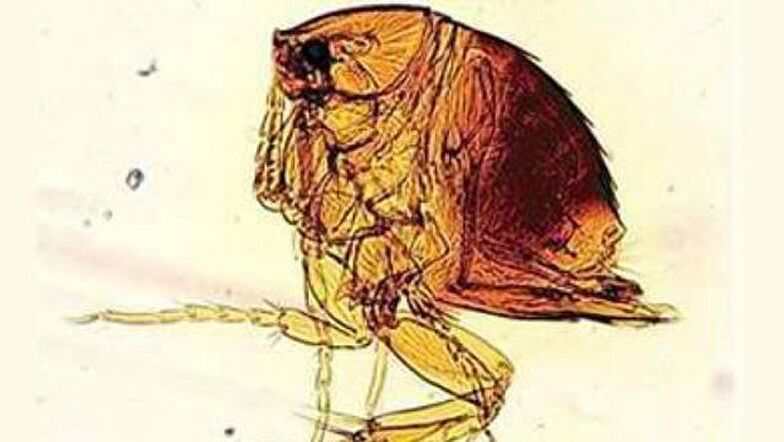
The fleas of sand is a very dangerous parasite that affects pets, rodents, monkeys and people.Its great distribution is a real problem for countries like Nigeria, Todago and even Brazil.In dysfunctional areas, the number of people with parasite can reach 70%.For some reason, sandy fleas prefer sandy fleas.When human infection with these parasites, microscopic female fleas is introduced into the skin or under the nails.Only 5-6 days after the introduction, the female belly with eggs increases to the size of the pea and causes painful pain to the owner.When the egg matures, the female "shoots" into the environment after climbing out of the wound, but dies much more often in the human body.
Osa Hymenoepimecis argyraphaga
The OSA maintains primarily on spiders.After temporarily paralyzed his victim, the washing fixes the egg to the chest.Soon the spider arrives and continues his life.The developing larva gradually sucks the juices and injects a special chemical in a spider before puppet, under which it builds a special kocoon instead of a traditional web where the larva is transformed into adult concrete.
Vandelia Candira
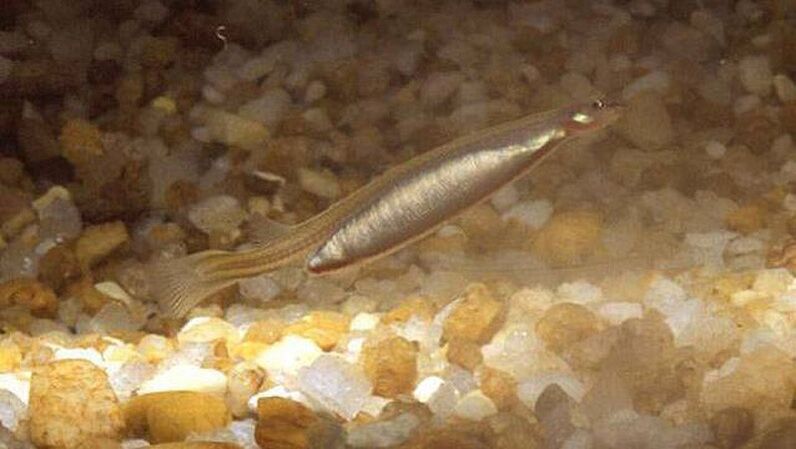
In fact, this small translucent fish is parasitized in the gathering of other fish living in the Amazon rivers.But as the victim is in search, Kandira focuses on the smell of ammonia, which is located in the water passing through the gills.This makes it extremely dangerous to man.If a person is in the water and then, after learning a chemical signal, Candida is slightly introduced into the anus or into the urethra of a person, sometimes even in the bladder.After penetrating the body, Kandira will inevitably die, but the injury he can apply is simply terrible, and only a good surgeon can extract his body covered with persistent spikes.
Trichomon
Trichomonas is a unicellular flagelled microorganism.Some types of Trichomonas are completely safe, but there are real killers.In birds, these parasites can cause severe inflammation in the mouth and throat, which resulted in the bird unable to swallow and eventually die.Another type of trichomonas (vaginal trichomons) parasitizes the person in geminoorinal organs and causes severe trichomoniasis, which is nowadays the most common disease of the ground geniturinary tract.According to medical statistics, almost one in ten inhabitants of the planet suffer from this disease.
Leishmania
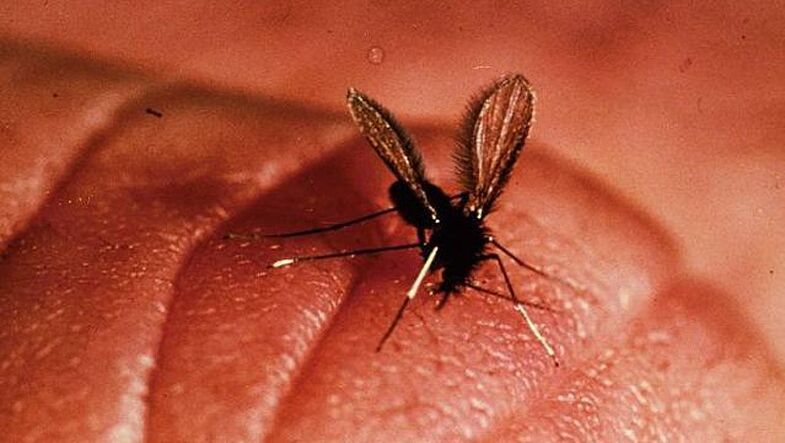
It is the simplest organisms of complete cereals that cause serious illness, called Leishaniosis.For example, the skin of poreh maniasis, which manifests itself in painful abscesses, causes Leishmania, first to parasitize mosquitoes and flies, and then warm -blooded animals, including humans.Initially, the parasites multiply in the blood digestive channel, which is completely blocked.If a person bites a person, the insect first dips a parasite into the wound and then suck the blood.Leishmaniosis is very common in tropical countries and has about two million new diseases a year in the world.
Mokritsa, the language of the tongue (Cymothooa exigua)
Fortunately, for a person, this cancer is completely safe.Mokrita is related to the language of the fish and first sucks blood.When the fish tongue dies, a well -recorded parasite is the role of the specific prosthesis of the tongue itself, the blood and the mucous membranes of the fish, but did not cause special damage.
Triple
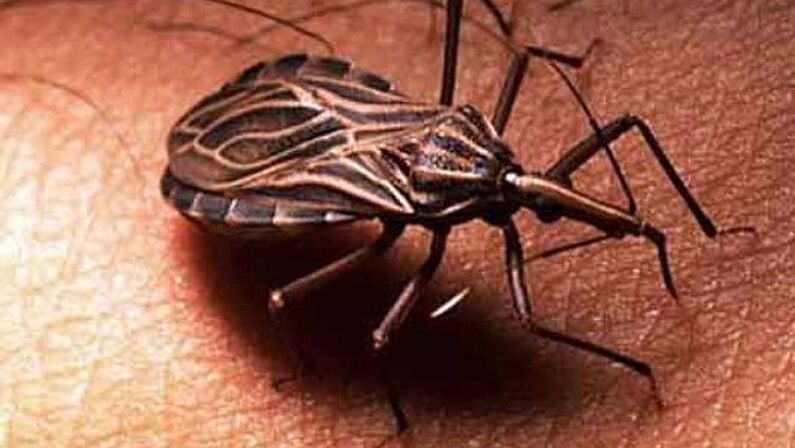
It is a kind of very dangerous unicellular organisms that parasitize on insects and warm -blooded animals.So triathomic errors are Trypanosoma Cruzi Tripanos carriers that cause a person's illness.The disease affects the entire body and quickly leads to death.
Toxoplasma
The simplest microorganisms that cause severe disease are toxoplasmosis.The main owners of the parasite are cats, people and other hot -blooded actions in the role of intermediate hosts.Often, toxoplasmosis can occur very easily, disguised as a cold.However, with a reduction in immunity, the disease can lead to madness, cramps, paralysis and other nervous system injuries.Toxoplasmosis of pregnant women is particularly dangerous because it leads to the child's death before birth.
Cochliomyia Hominivorax Meat Loos
The females of fly living in America unnoticed the eggs to the body of warm -blooded animals.The larvae that come out of the eggs are introduced under the skin and hit the whole holes of the victim's body.This type of flies that egg and nose are particularly dangerous.In this case, the larvae, which devour the owner's meat, can cause blindness and even reach the brain.There are cases where doctors extracurrently from the Nasopharynx person affected by this parasite.
Hairy
A very ancient waterworm whose larvae are parasitized on a variety of insects - dragonflies, lifts, beetles, etc.
Philia
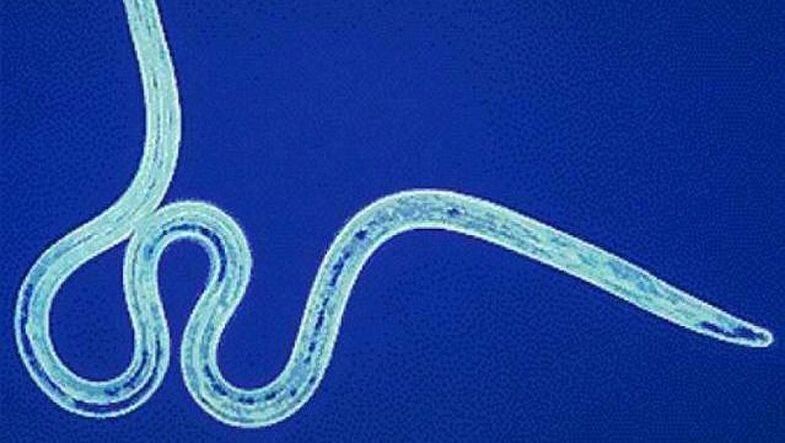
In the publicity, almost 10 different species of Philius are parasitized.These exceptionally thin worms (not exceeding 0.3 mm in diameter), which can be almost half a meter.Filary distributors are blood -sucking insects.In the human body, worms can live almost anywhere.When the lymphatic system is blocked, ivory develops, and if they accumulate in his eyes, one can be blind.
Loa loa
The thin round worm loa belongs to the eagles and is very common in Western and CentralAfrica.The parasite of blind and other blood -sucking insects is widespread.Adult worms live under the skin.Females produce immediately living larvae that accumulate on light and peripheral blood vessels, causing various tumors and inflammatory reactions.The worms are constantly wandering on the body, and when they fall into their eyes, this can lead to blindness.
Clostridia
The clostridium perfringent bacterium can cause severe food poisoning, as well as the gangrene causes of rapidly developing gas, in which the bacterium literally dissolves the tissues affected by the bacterium and the ventilation gas bubbles are chosen.
Schistosoma
First, the larvae of this worm are formed in freshwater molluscs, then enter the water and attack the mammals and introduce under the skin.Schistosomes are widespread throughout the body and is particularly dangerous when accumulated in the bladder and genitals.Shistosomatooz is difficult, has many heterogeneous symptoms and causes great suffering.The parasite is common in Africa, China, the Philippines and Indonesia.
Riverbase
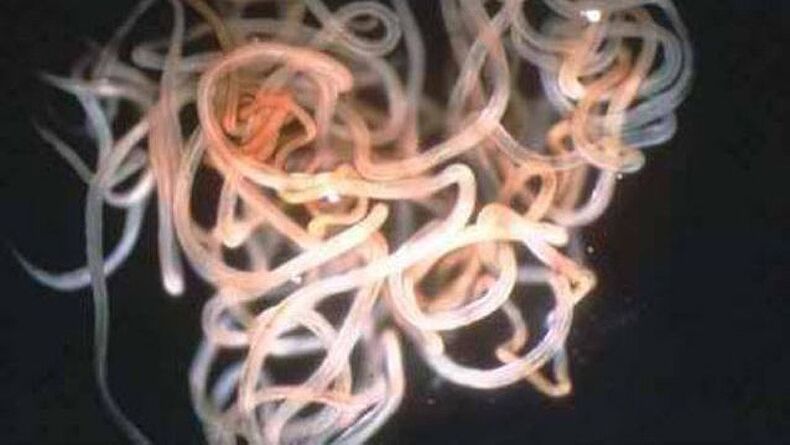
The river's blindness or onhocercosis is caused by ontchocercera volvulus philararia.The carrier of these parasites is the Simulium Damnosum, which is widespread along the rivers of the Western and Mid -Furika.The worms and larvae of this species particularly influence the eyes, leading to the complete loss of vision.
Meningococcus
Neisseria meningitidis bacteria are parasitized in the nasopharynx of many people.Unfortunately, they are able to cause inflammation not only to severe runny nose, but also to meningitis.
Be tpes
African fly alone is a blood -sucking temporary parasite.But with a bite, he often infects his victim with a much more dangerous parasite - the type of triple that causes a deadly sleepy disease.
Guinea
The worm is common in Africa, India and the Arabic Peninsula.Microscopic larvae live in freshwater, and when the time comes to attack animals and humans and introduce them under the skin.Adult worms can reach a thickness and 1 m length of 2 mm.After mating, the males die and the females move into the subcutaneous layer, drill the skin, and when a person is in the water, they are released in the hole of the larvae.
Plasmodia
Parasite unicellular organisms, some of which can cause malaria.
Negleria Fowler
This amoeba lives in fresh reservoirs, the temperature of the water, which is 25-30 degrees.A person is infected during bathing.Damage to these parasites can cause fatal meningitis.Sometimes, even if they become sources of infection with poorly chlorinated water.Such cases are rare, but every time they cause real panic, as the pools, the resort scratching and the visitors of baths become victims.
Leukocloridia is paradoxical
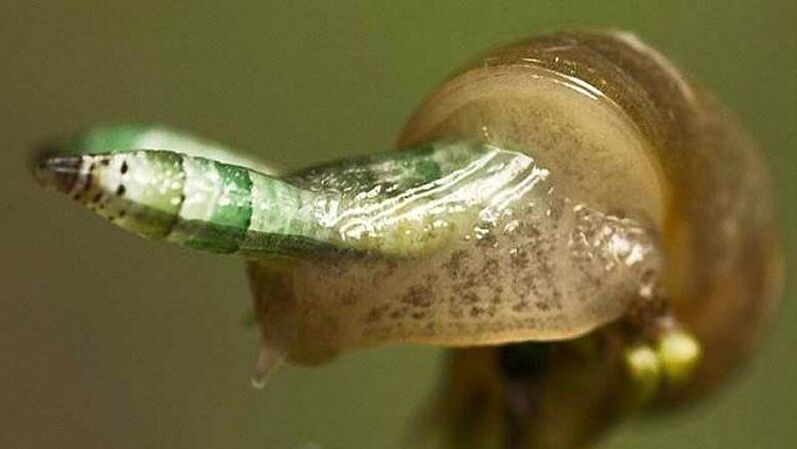
The leukocloridium paradox is a flat worm parasite on the snails and birds.The snails are the intermediate of the worm.When developed, the larva passes through the snail's body, and when one of its outgrowth (called SPOROCYTE) reaches the snail's tentacle, it changes so that it becomes very similar to the green caterpillar.In order to make it even more convincing, the larva is constantly frowning and mimics the caterpillar movement.All of this is launched to attract the bird's attention and force them to steal the "caterpillar".In the body of the infected bird, the worm becomes a sexual shape and invests eggs that fall to the ground with the bird litter and the development cycle is repeated.This parasitane is the special "paradox" that the snail, which has lost the tentacle, usually does not die, but grows a new one.The larva in his body then forms a new sporocyst and cheat again.






































